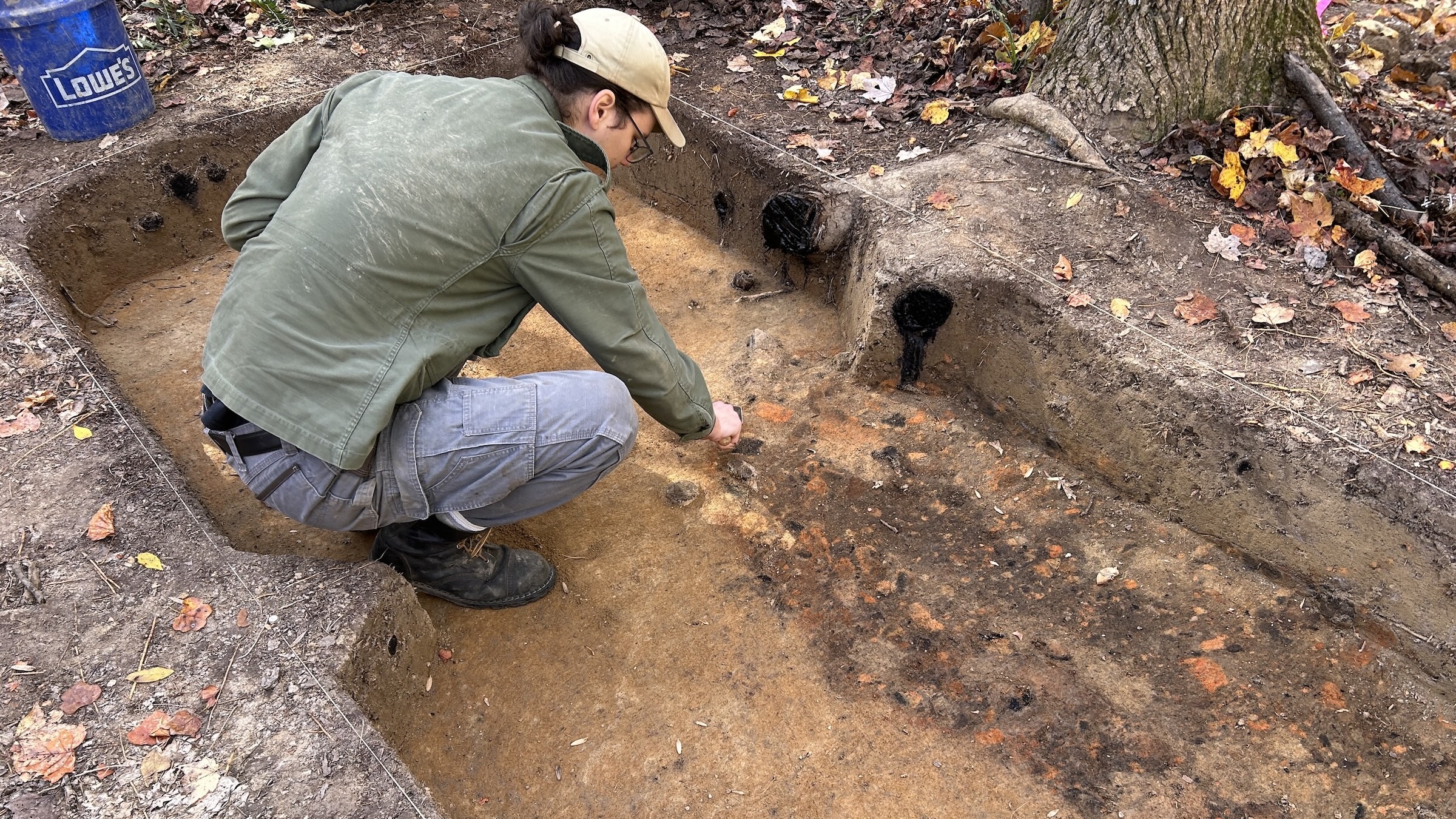Endangered Beauties: Images of Polar Bears
Female polar bear with her cub
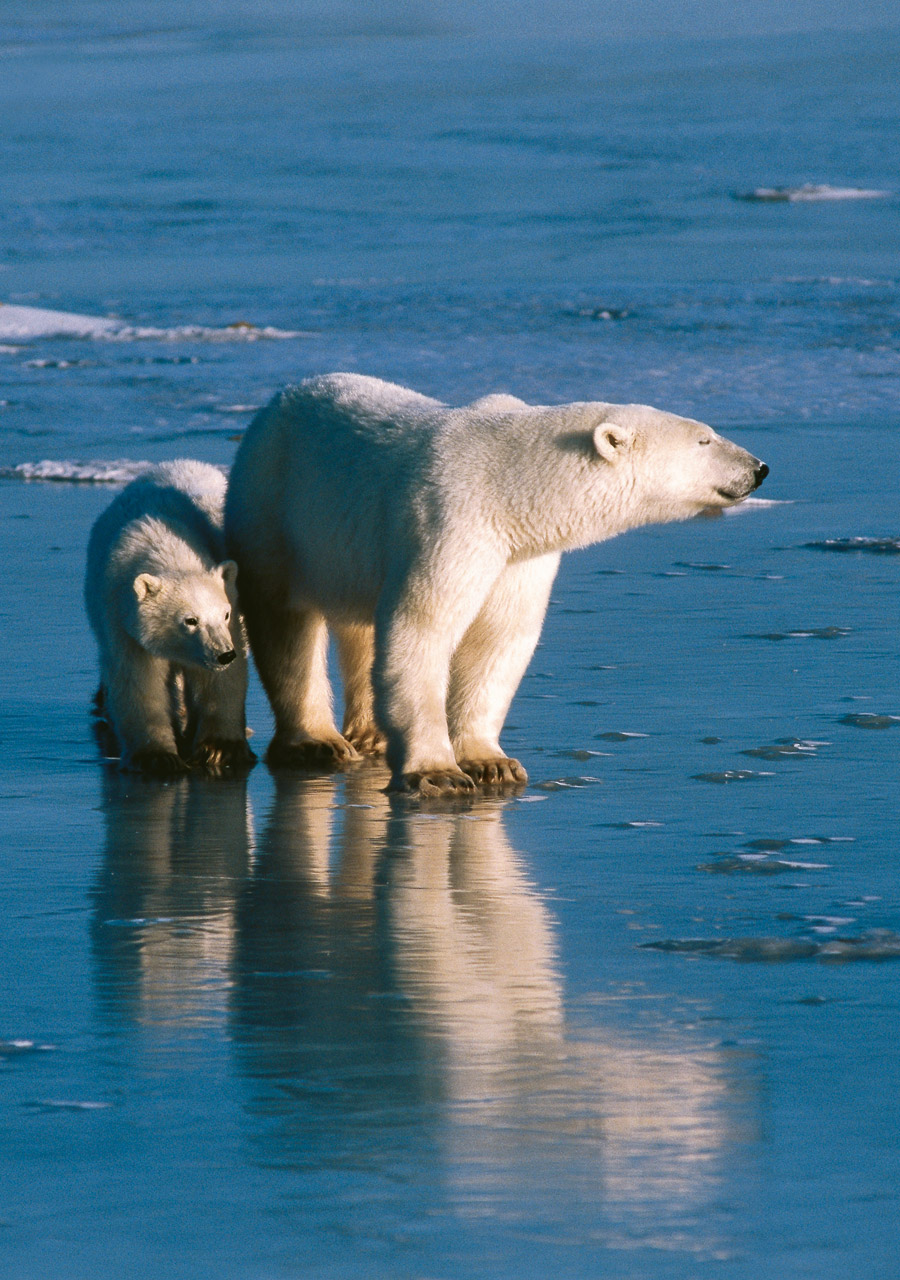
Female polar bear with her cub on a frozen lake near Cape Churchill, Canada.
Mother bear and cubs
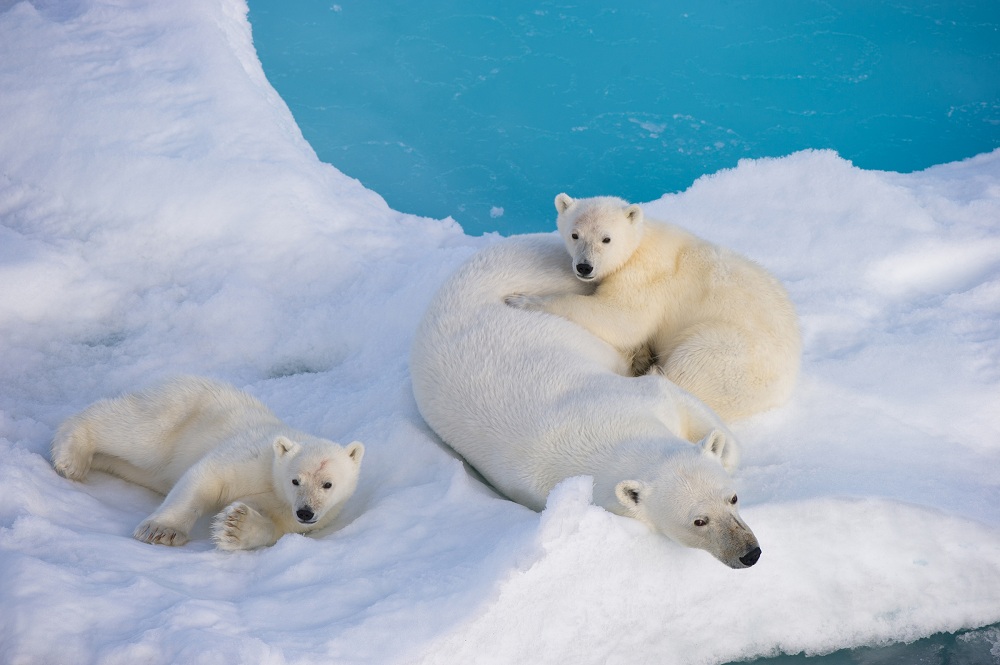
A polar bear mother and her cubs of the year rest on one of the few remaining piece of drift ice in the Barents Sea in late July, Northeastern Svalbard, Northern Europe.
Polar bear feeding
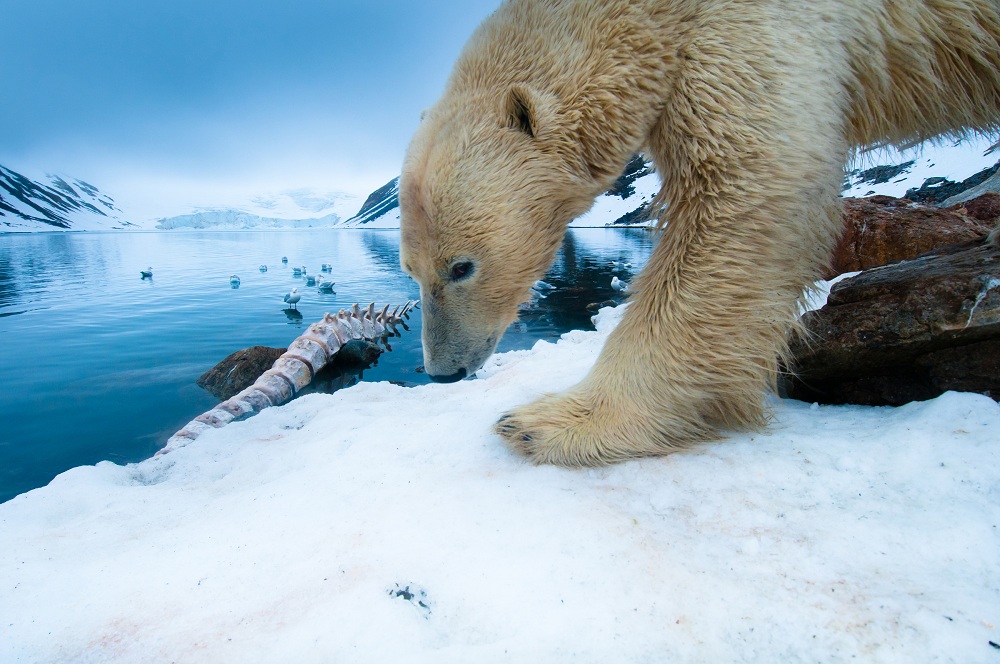
A large male polar bear returns to feed on a fin whale carcass. On land, where bears cannot hunt for seals, food is scarce and polar bears mainly depend on washed up marine mammals for food. Holmiabukta Bay, Northwestern Svalbard, Norway.
Polar bear

Polar bear walking on a frozen pond with blowing snow near Cape Churchill, Canada.
polar bear
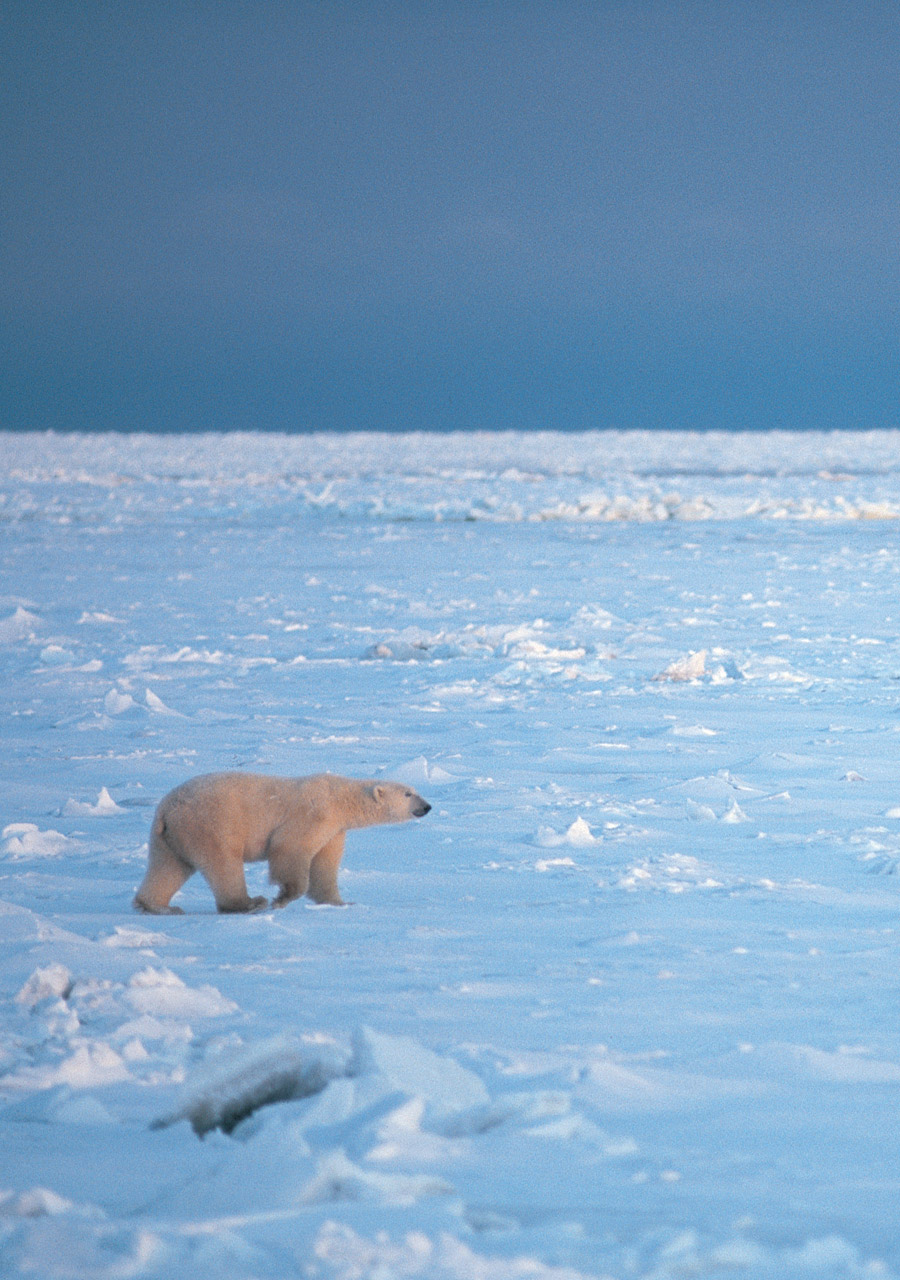
Female polar bear with her cub on a frozen lake near Cape Churchill, Canada.
Patchy Polar Bear
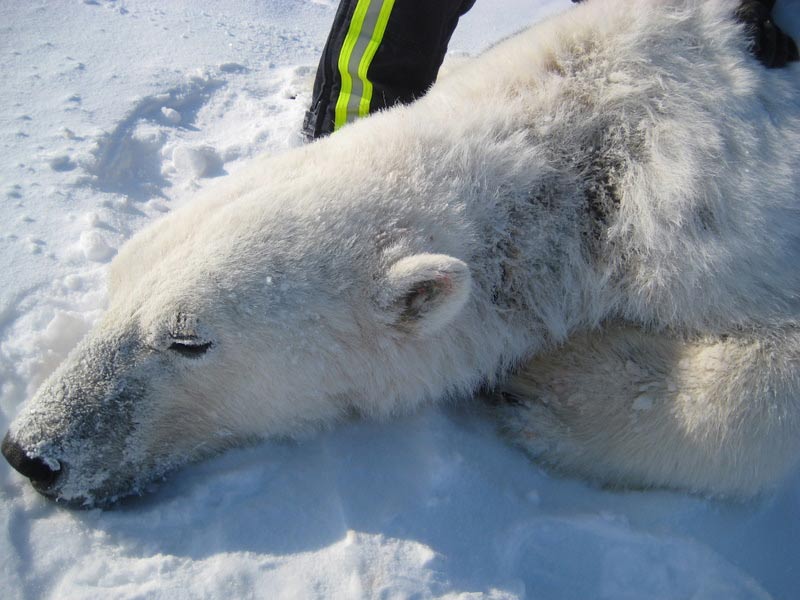
This polar bear, captured and immobilized by USGS scientists, shows hair loss and oozing sores on the left side of its neck. The cause of the alopecia and lesions is still unknown.
Polar Bears on Arctic Ice
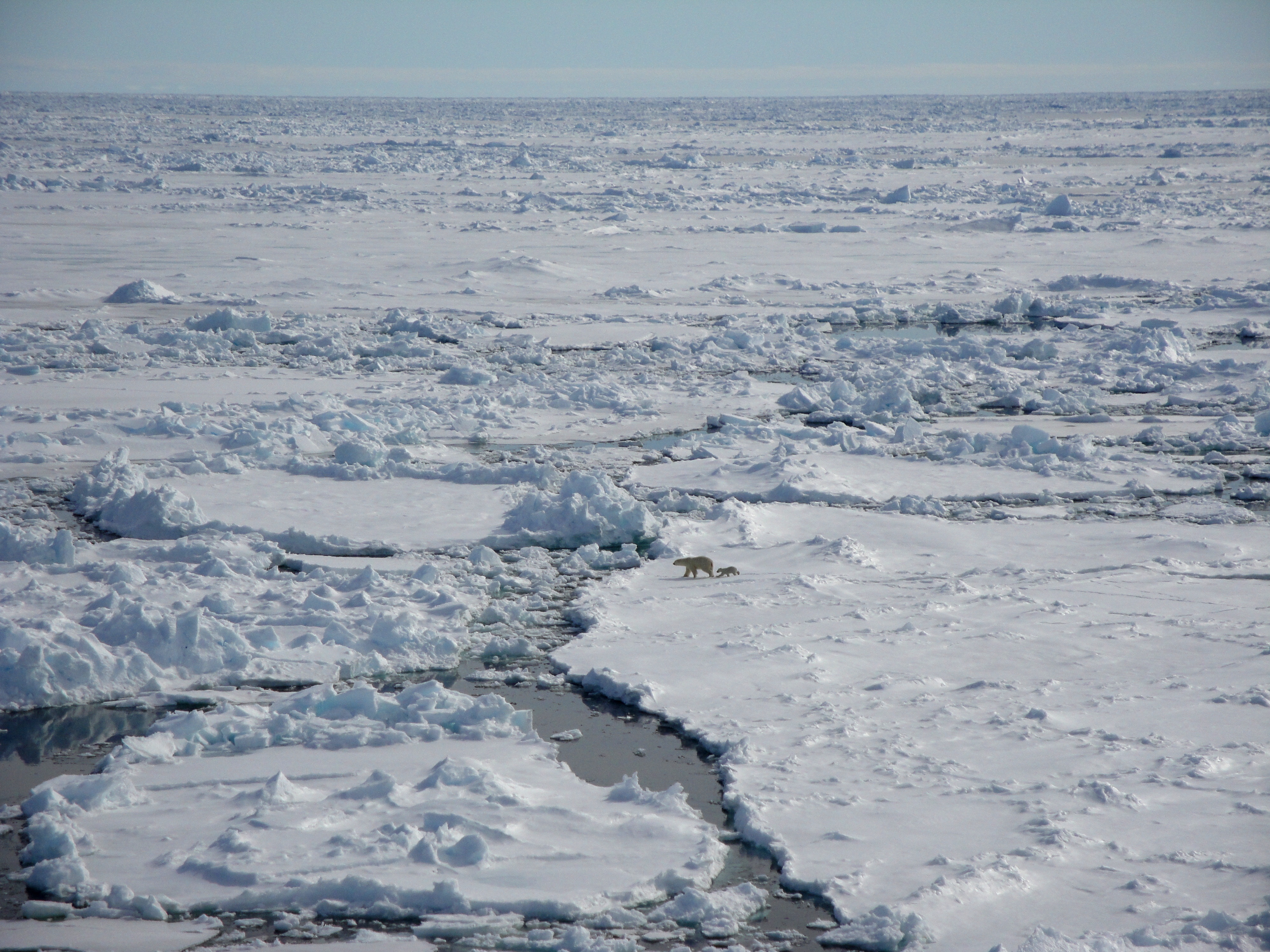
A baby polar bear follows its mother across Arctic ice.
Get the world’s most fascinating discoveries delivered straight to your inbox.
Swimming Polar Bear
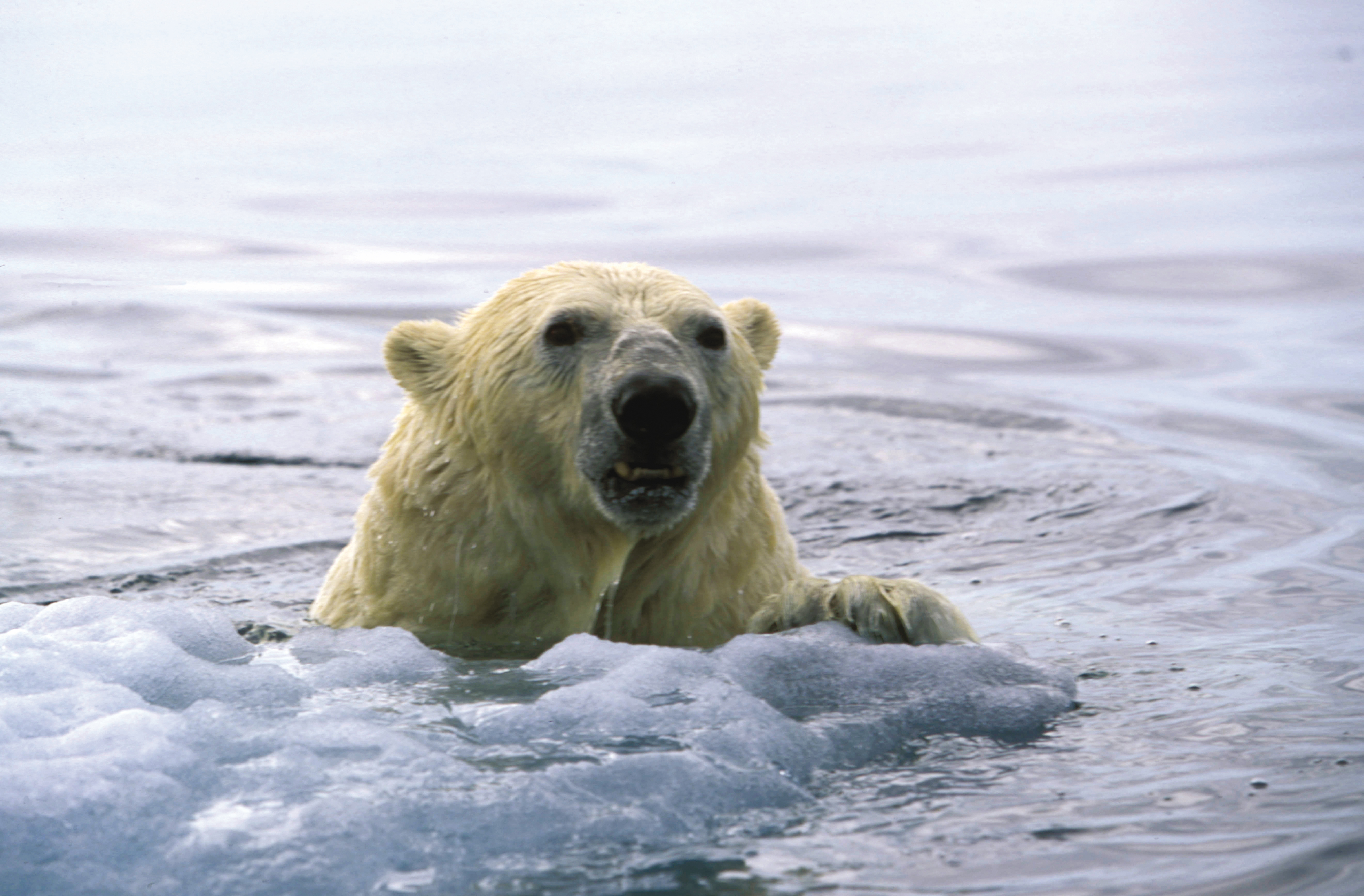
The rapid loss of sea ice is forcing polar bears to go for longer swims, according to research.
Polar bear with cub
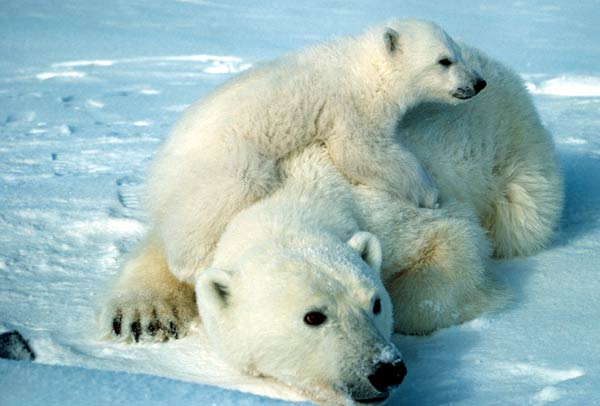
A polar bear and her healthy cub, a sight that could be increasingly rare in Canada's Hudson Bay.
Polar Bears
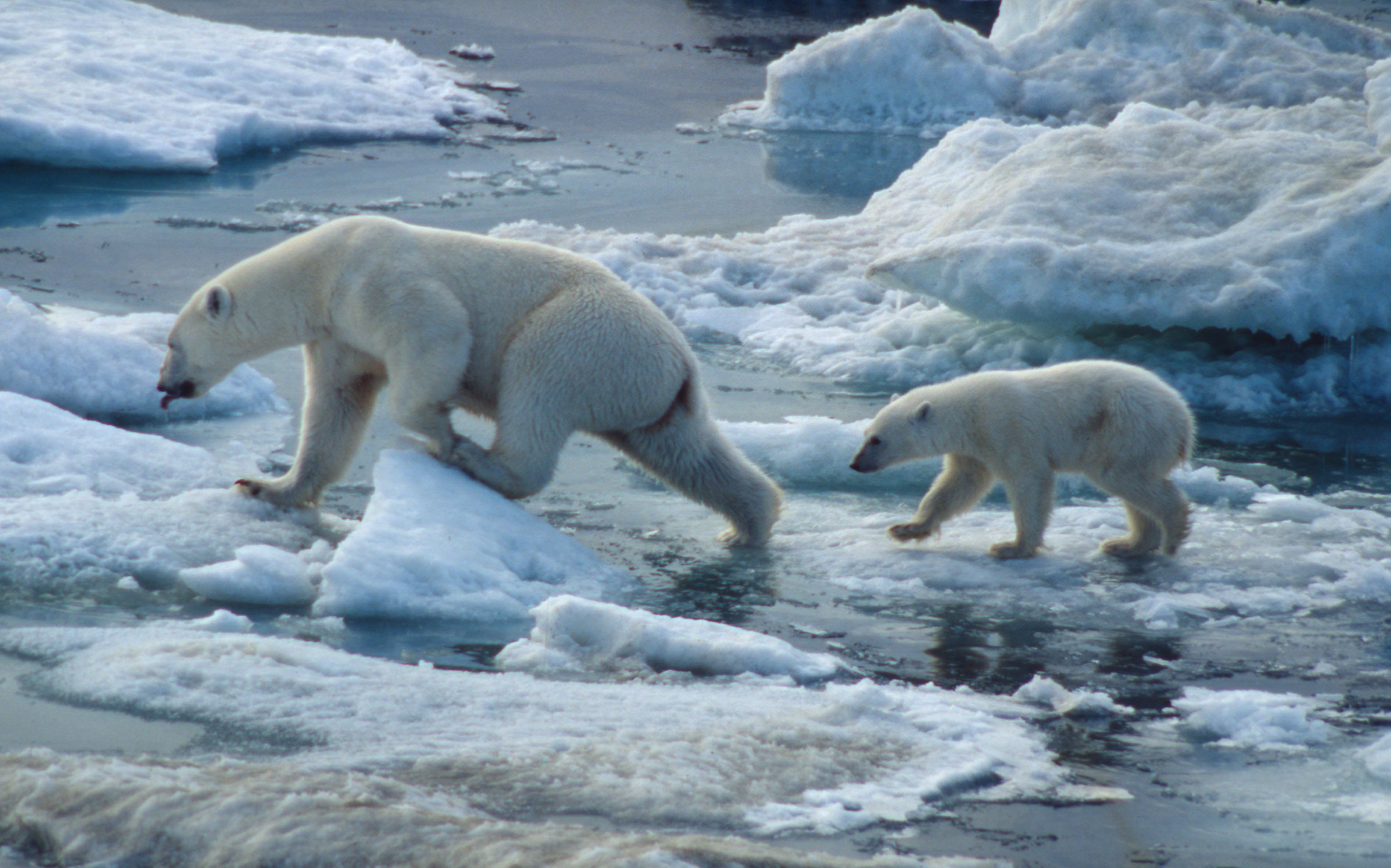
Researchers following a group of adult polar bears wearing GPS collars found a 45 percent mortality rate among the cubs of those who swam 30 miles or more at a time, as compared with an 18 percent mortality rate among the cubs of other polar bears.
Jennifer Welsh is a Connecticut-based science writer and editor and a regular contributor to Live Science. She also has several years of bench work in cancer research and anti-viral drug discovery under her belt. She has previously written for Science News, VerywellHealth, The Scientist, Discover Magazine, WIRED Science, and Business Insider.



